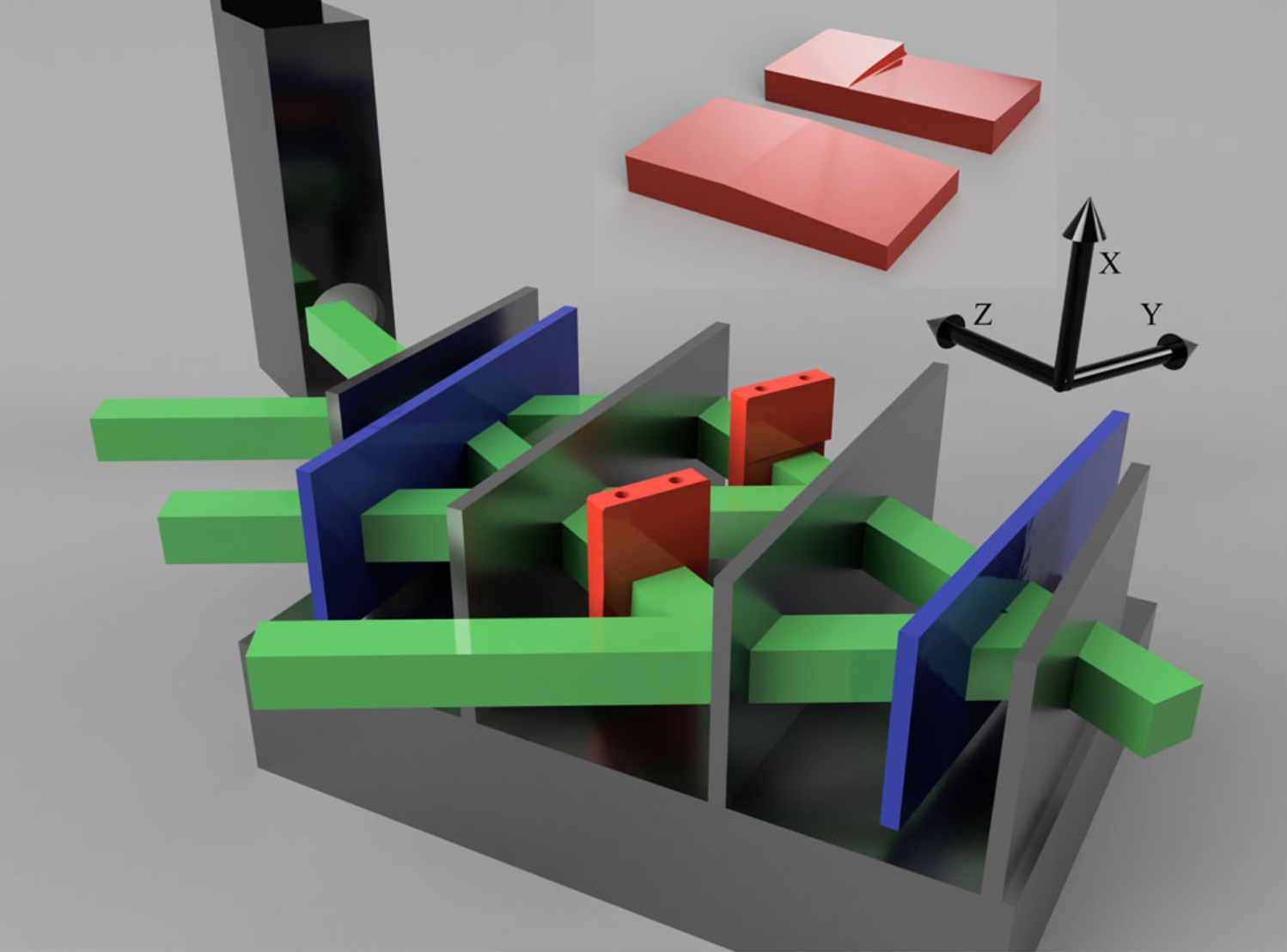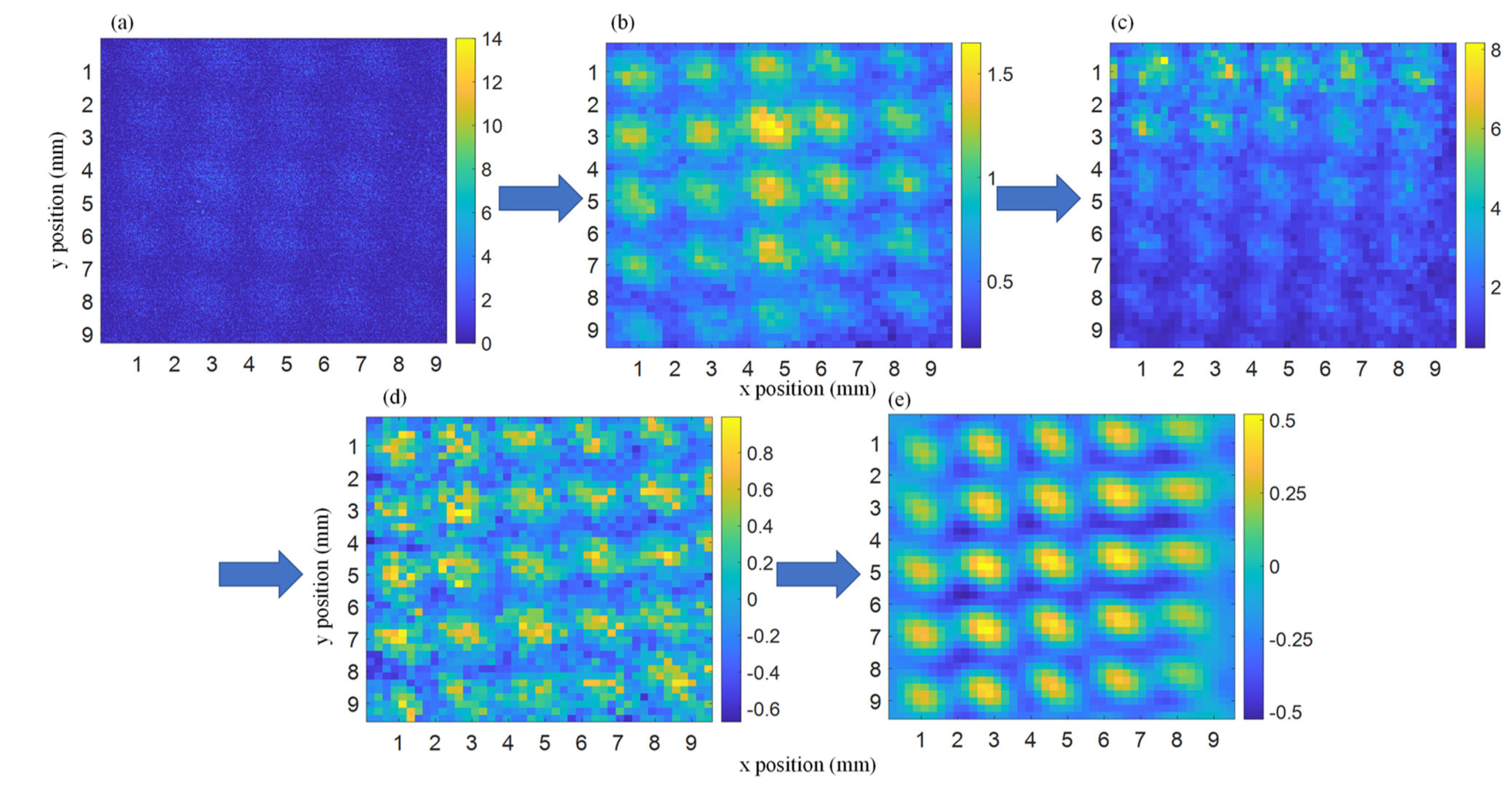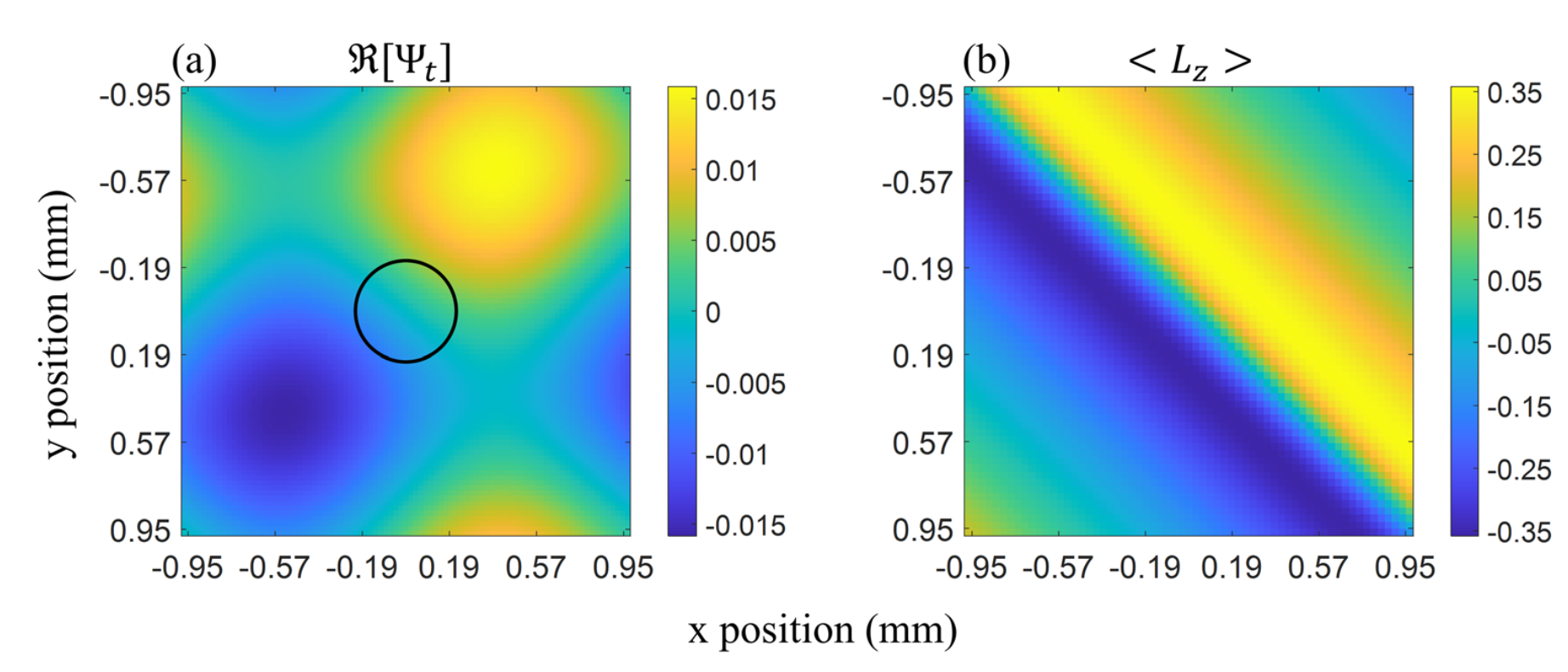
Phase vortex lattices in neutron interferometry
January 9, 2025 2:12 pmIn our latest work 1 we study neutron Orbital Angular Momentum (OAM), which is an additional quantum mechanical degree of freedom, useful in quantum information, and may provide more complete information on the neutron scattering amplitude of nuclei. Various methods for producing OAM in neutrons have been discussed. We generalize magnetic methods which employ coherent averaging and apply this to neutron interferometry. Two aluminium prisms are inserted into a nested loop interferometer, as illustrated below.

We show experimentally that a pair of orthogonal prisms inserted in a perfect crystal neutron interferometer is sufficient to generate a significant amount of beam orbital angular momentum. We discuss ongoing developments in neutron optics and interferometry are directly applicable to our method and in the near future will allow us to generate lattice periods on the order of the neutron coherence length resulting in intrinsic orbital angular momentum. This allows to generate a phase vortex lattice with significant extrinsic OAM, 〈Lz〉≈0.35, on a length scale of≈220μm, transverse to the propagation direction. Our generalized method exploits the strong nuclear interaction, enabling a tighter lattice. Combined with recent advances in neutron compound optics and split crystal interferometry our method may be applied to generate intrinsic neutron OAM states.

Image of the real part of the test wavefunction of a single vortex carrying extrinsic OAM. This test wavefunction is reconstructed using the fit parameters generated by the model shown below in (a). A circle is drawn in the center of the image indicating the domain on which the spatially averaged AFTs are applied and the first order approximations used throughout the paper are valid. The axis around which the OAM is defined is centered on and normal to this ciruclar domain. (b) The average extrinsic OAM 〈Lz〉 over the image is shown.

1. Niels Geerits, Hartmut Lemmel, Anna Berger, and Stephan Sponar, Communications Physics 6, 209 (2023). ↩